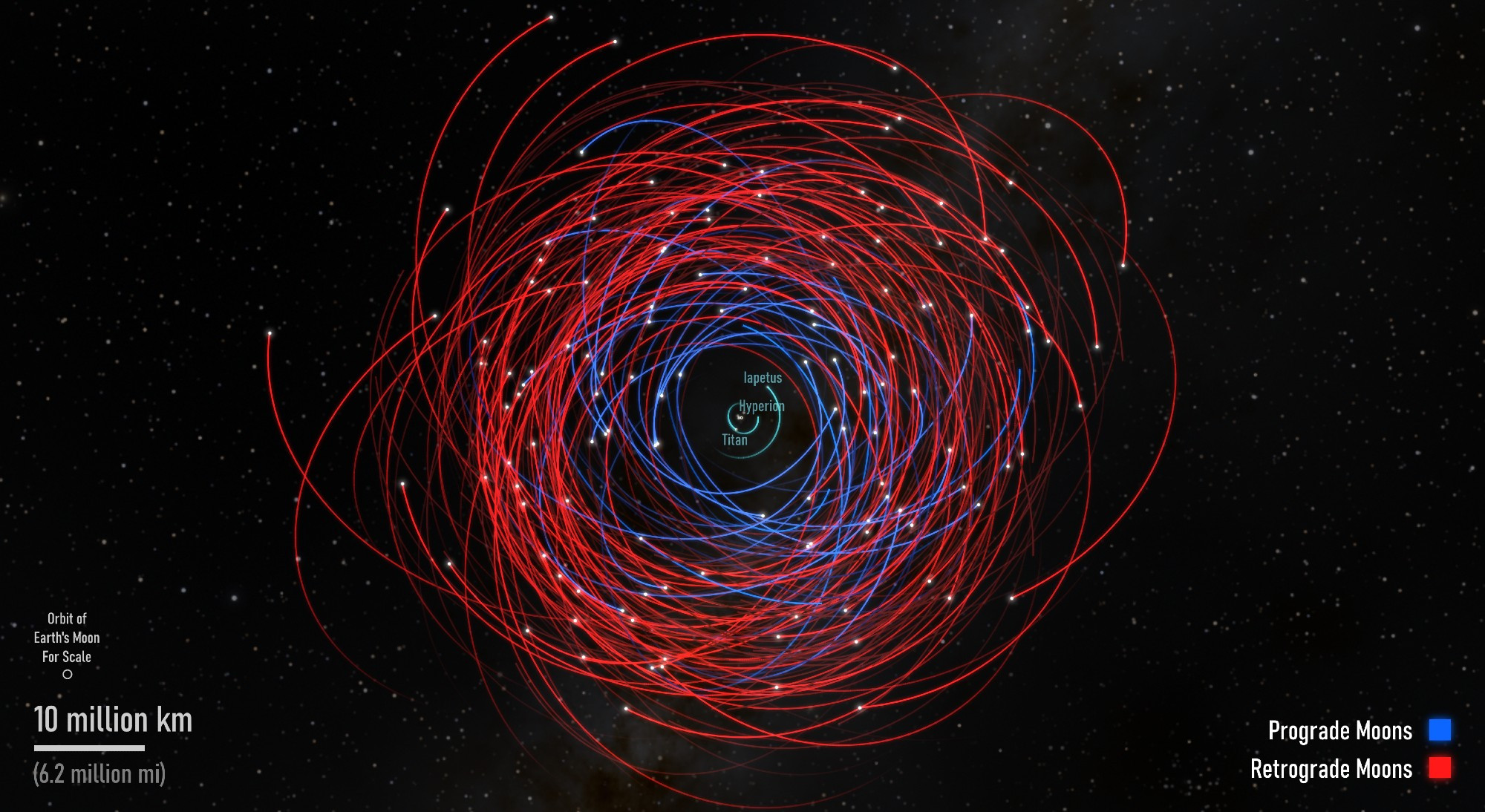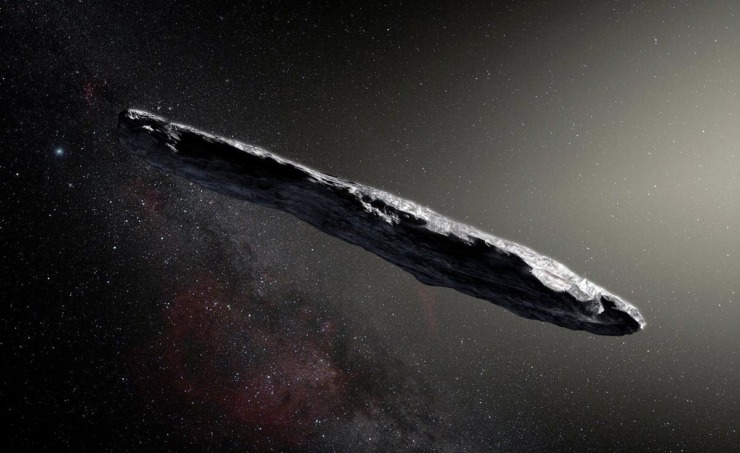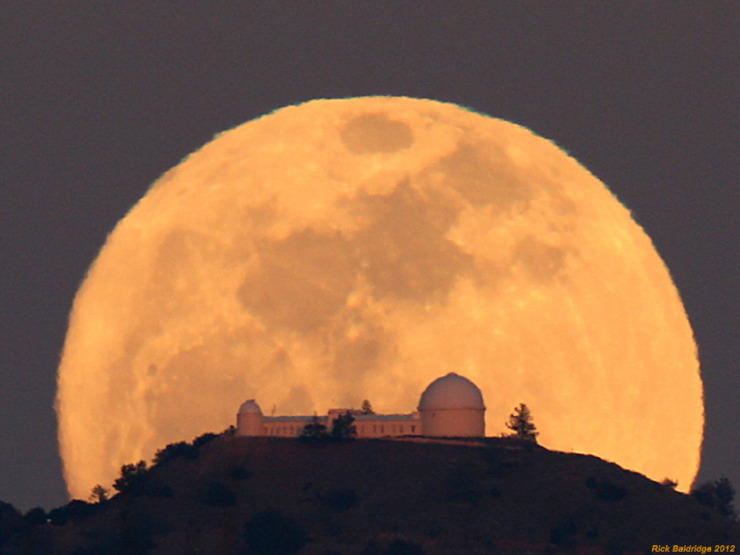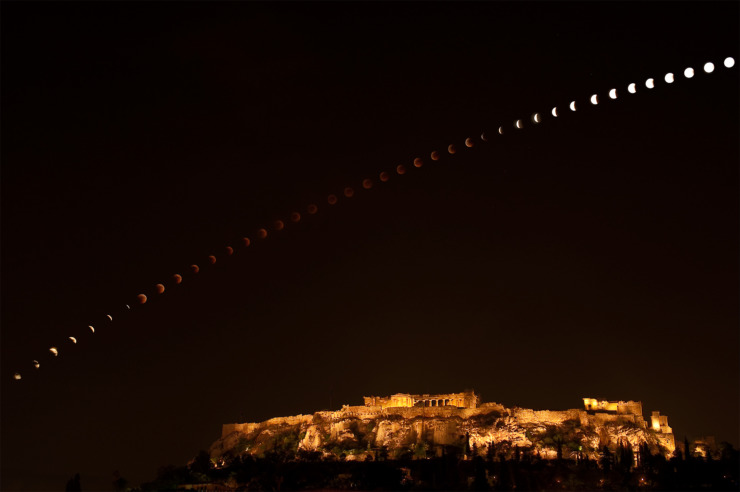An international team of astronomers announced recently that they had discovered 128 new, small moons orbiting the planet Saturn. That brings the total number of moons known around the ringed planet to 274, breaking all planetary records. Jupiter, the runner-up, has “only” 95 moons; our planet Earth has one. Moons are more common around the worlds in our solar system than anyone previously thought — as of this spring, we know over 890 moons in total, when we include moons around planets, around dwarf planets, around asteroids, and around the many smaller worlds beyond Pluto.
Many of Saturn’s newly discovered moons orbit in a retrograde direction, that is opposite to the way the main moons of Saturn and Saturn itself move. This makes it more likely that they are not “original moons” — formed when Saturn first formed. Instead they are probably captured bodies — perhaps errant asteroids or the results of an earlier collision that produces fragments going every which way. In our remarkable diagram, the illustrator has shown retrograde moon orbits in a red color. The authors of the paper announcing the moons estimate that the time these moons, some 50 times further from Saturn than its main moons, were captured could be less than 100 million years (which seems long in human terms, but is short compared to the 4.6-billion-year history of our planetary system.) The new moons also come in several distinct clumps, so there may have been more than one collision involved.
It seems that collisions among smaller worlds continue to shape our solar system even this late in our history. That’s why you should be glad that astronomers are monitoring the Earth’s neighborhood for any chunks that might be heading our way, and engineers are developing ways to deflect any chunk that threatens our world in the future.
The authors did their observing with the Canada-France-Hawaii Telescope which boasts a 142-inch mirror and sits atop the 14,000-foot high peak of the volcano called Mauna Kea on the big island of Hawaii. They estimate that these new moons are between 1/2 mile and 12 miles across. By contrast, Saturn’s diameter is 75,000 miles across, and its largest moon, Titan, is about 3200 miles across.
If humans are still divided into countries and warring groups by the time we reach and settle the Saturn system (if that’s what we want to do), it certainly seems there will be enough worlds around Saturn for every country — large or small — to claim one as its own.




